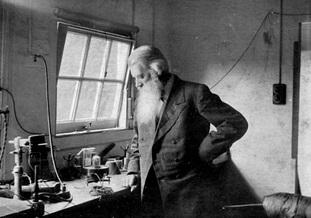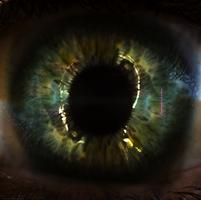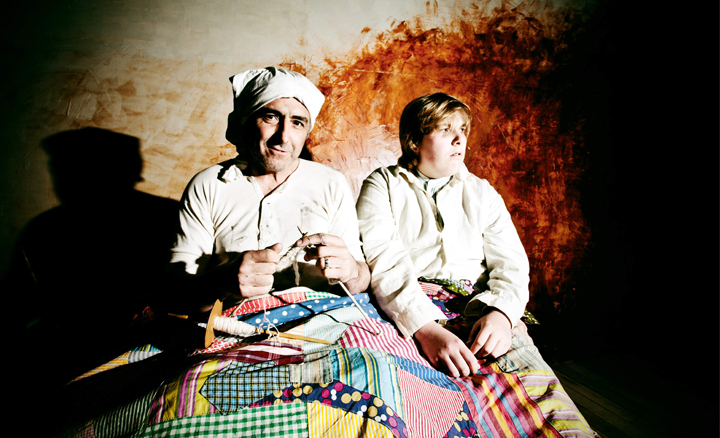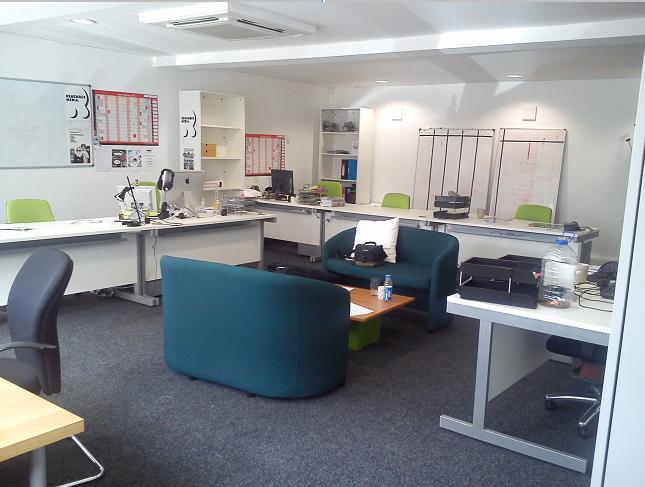

Joseph Swan is the inspiration for this festival of photography in Newcastle, running from Monday 20th October until Sunday 26th October 2014 at the Lit and Phil.
The Festival marks the 100th anniversary of Swan`s death on 27th May 1914 and aims to highlight his important work in the field of photography.
Joseph Wilson Swan was born in Pallion Sunderland on 31st October 1828. His interest in photography was ignited when, as a young man, he walked passed a local photographer’s shop which had a Daguerreotype on show in the window . His first essay on photography was inspired by reading an account of Mungo Ponton and his new photographic process known as the carbon process.
In 1864, he patented his improved method of printing using the carbon transfer process. This process was originally devised by Mungo Ponton and applied by M. Alphonse Poitevin. Joseph Swan perfected the process which produced very fine and detailed images.
Later, while working for John Mawson, a Newcastle based Chemist, he worked to make advances in the mixing of collodion for wet plate photography, then a current photographic technique, published from a discovery by Frederick Scott Archer. It is said that Mawson and Swan produced some of the finest collodion. This technique is enjoying a resurgence in popularity and one which we will demonstrate in our festival.
From wet plate to the dry plate process. In 1877, Swan began experimenting with the gelatino-bromide process, proposed by Dr. Maddox in 1871. Swan remedied many of the defects with this process, and by the latter part of 1877, the firm were producing good quality plates which rivalled the dry plate process. Swan also invented bromide printing paper which was used universally for many years.
For more information visit http://newphotofest.com/joseph-wilson-swan/















